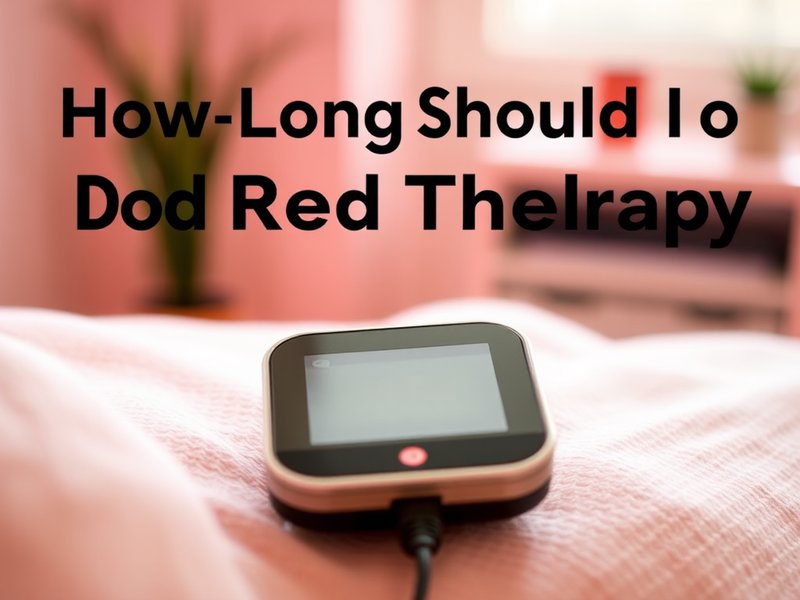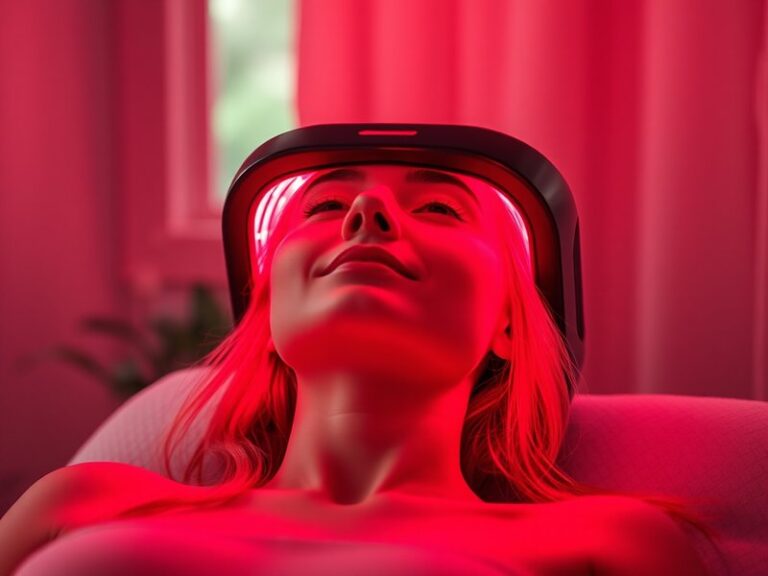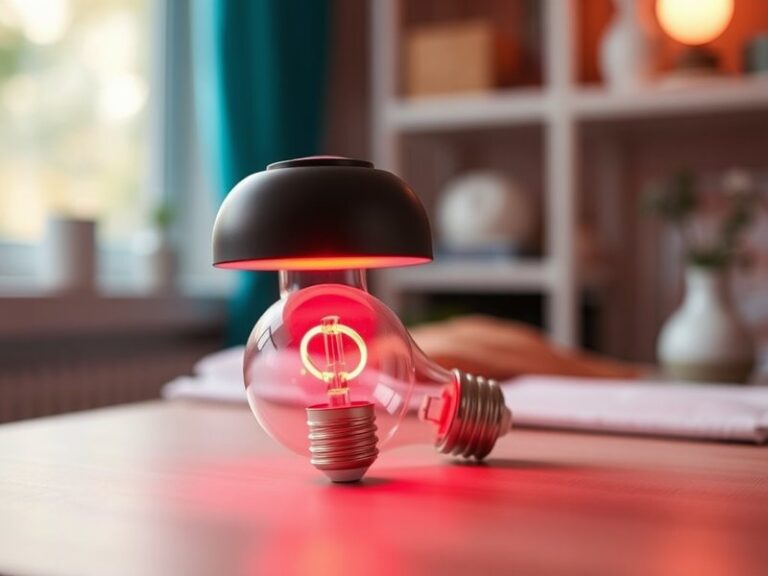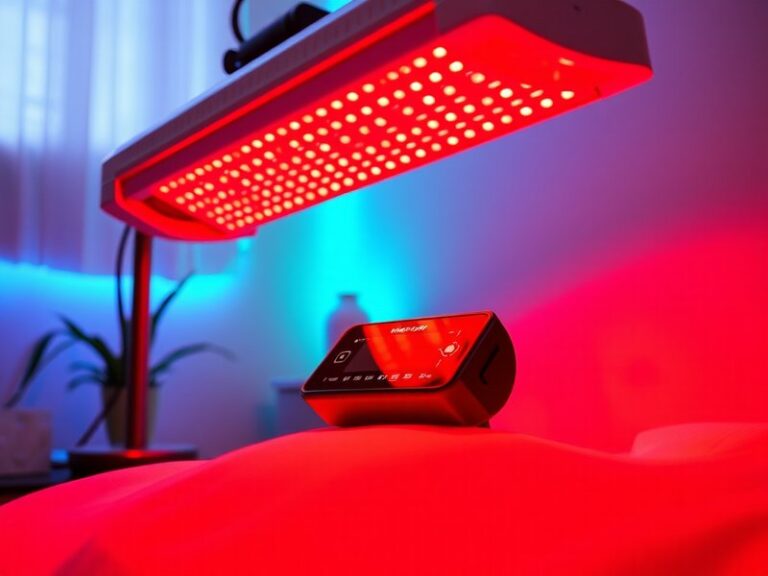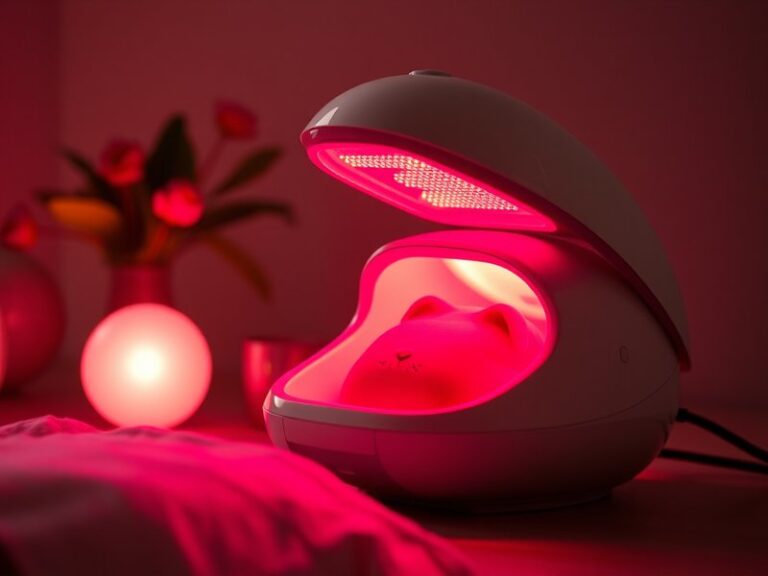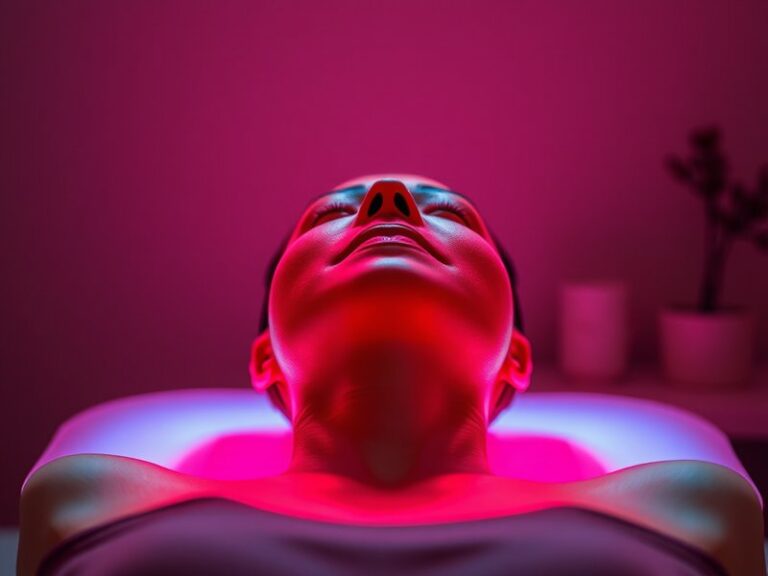How Long Should I Do Red Light Therapy For?
How Long Should I Do Red Light Therapy For?
Are you curious about the optimal duration for red light therapy sessions?
This article delves into the ideal time frames for red light therapy, addressing common questions, benefits, considerations, and alternatives. Whether you’re a novice exploring the healing potential of red light or an experienced user seeking to refine your regimen, you’ll find valuable insights to help you make informed choices.
Key Takeaways
- The recommended duration for red light therapy ranges from 10 to 20 minutes per session, 2 to 5 times a week.
- Individual needs may adjust the duration and frequency based on specific goals and conditions.
- It’s important to consider device strength, skin sensitivity, and overall health when determining session lengths.
What is Red Light Therapy?
Red light therapy (RLT) is a non-invasive treatment that uses specific wavelengths of light, typically in the red and near-infrared spectrum, to promote healing, reduce inflammation, and improve skin health. It works by penetrating the skin to stimulate cellular functions, including ATP production, which is crucial for energy and repair within cells.
Red light therapy is often utilized for skin rejuvenation, pain relief, wound healing, and even muscle recovery. It’s a popular choice in both home and clinical settings, available through various devices like handheld units, panels, and full-body beds.
What are the Benefits of Red Light Therapy?
Red light therapy boasts numerous benefits that contribute to overall health and wellness.
Enhanced Skin Health
Red light therapy can significantly improve skin conditions such as acne, rosacea, and signs of aging. Studies have shown that it helps enhance collagen production, leading to firmer skin and reduced wrinkles.
Pain Relief and Reduced Inflammation
Individuals suffering from chronic pain conditions, such as arthritis or muscle injuries, may find relief through red light therapy. Its anti-inflammatory properties help alleviate pain and promote healing in injured tissues.
Discover the story in Do they work?
Improved Sleep and Mood Enhancement
Using red light therapy, especially during evening sessions, may help regulate circadian rhythms, promoting better sleep quality. Additionally, the soothing effects of light may enhance mood and reduce anxiety levels.
Faster Recovery from Exercise
Athletes and fitness enthusiasts use red light therapy for its potential to enhance recovery post-exercise. By improving mitochondrial function and reducing muscle soreness, it aids in quicker recovery times.
Is it Possible to Overdo Red Light Therapy?
When considering red light therapy, it’s crucial to understand the limits. Overdoing sessions or using excessively powerful devices can lead to skin irritation or diminished returns.
What are the Advantages of Moderation?
Limiting exposure to optimal durations prevents the risks associated with overexposure. This approach allows your body to adapt and respond positively to the treatment without overloading its systems.
What are the Disadvantages of Excessive Use?
Too much exposure can lead to side effects such as skin sensitivity and headaches. It is vital to follow recommended guidelines to maximize the benefits while minimizing potential adverse effects.
What are the Things to Consider Before Starting Red Light Therapy?
Before embarking on a red light therapy routine, several factors should be considered to ensure safe and effective use.
Session Duration
Assess how long you plan to stay under the light. Generally, shorter sessions of 10-20 minutes are recommended to avoid overstimulation.
Find out the truth in Are Red Light Beds Effective?
Device Specifications
Not all devices are created equal. The intensity and wavelength of the light can impact effectiveness. Consider the manufacturer’s guidelines regarding usage duration.
Skin Sensitivity
Individuals with sensitive skin should start with shorter sessions to gauge their tolerance. Adjusting the duration based on your skin’s response is crucial for a safe experience.
What are the Alternatives to Red Light Therapy?
If red light therapy is not suitable for you, there are several alternative treatments available.
Near-Infrared Therapy
Similar to RLT, near-infrared therapy penetrates deeper tissues and can be effective for pain relief and muscle recovery. It’s often combined with red light for enhanced results.
Cold Laser Therapy
Also known as low-level laser therapy (LLLT), cold laser therapy employs similar principles to RLT. It’s used mainly in clinical settings for pain management and tissue repair.
LED Therapy Masks
For those focused on skin rejuvenation, LED therapy masks provide benefits through different light wavelengths, catering to various skin concerns without the intensity of red light.
Conclusion: Is it Recommended to Adjust Duration for Optimal Outcomes?
In summary, understanding how long to perform red light therapy is essential for maximizing its benefits while minimizing potential drawbacks. Most users benefit from sessions that last between 10 to 20 minutes, a few times each week, tailored to individual needs and device capabilities. Always consult with a healthcare professional if you’re unsure about the ideal regimen for your specific circumstances.
Frequently Asked Questions
How soon can I see results from red light therapy?
Results can vary depending on the condition being treated, but some individuals report improvements within a few sessions, while others may need weeks of consistent therapy to see significant changes.
Can I use red light therapy every day?
Daily use is generally safe, but adhering to recommended session lengths and taking breaks as necessary can enhance results and avoid potential overuse effects.
Is red light therapy safe for all skin types?
Yes, red light therapy is considered safe for most skin types. However, those with specific skin conditions should consult a dermatologist before starting treatment.
Can I combine red light therapy with other treatments?
Combining red light therapy with other modalities, such as topical treatments or physical therapy, is often beneficial. Always consult with a healthcare provider for personalized advice.
